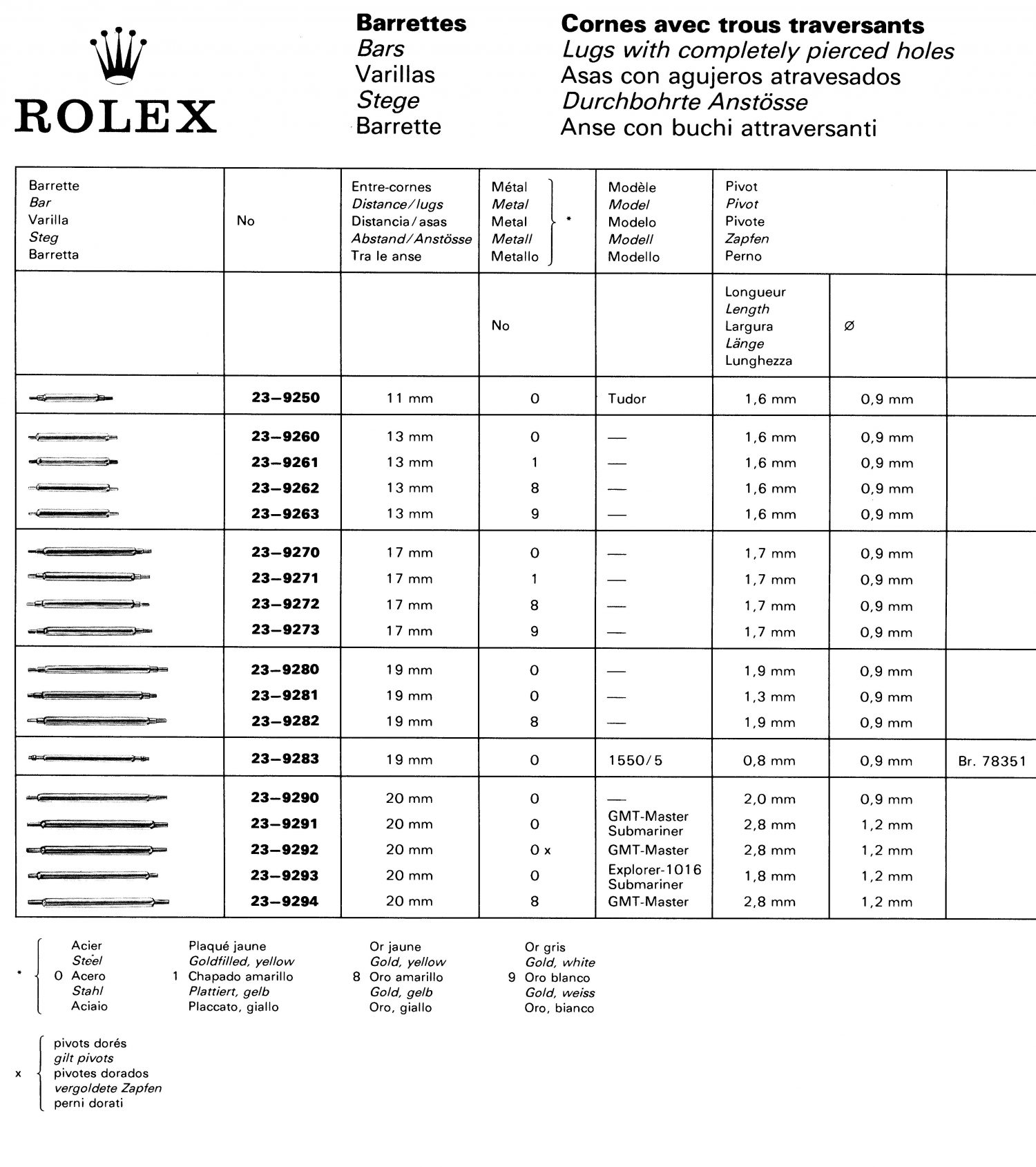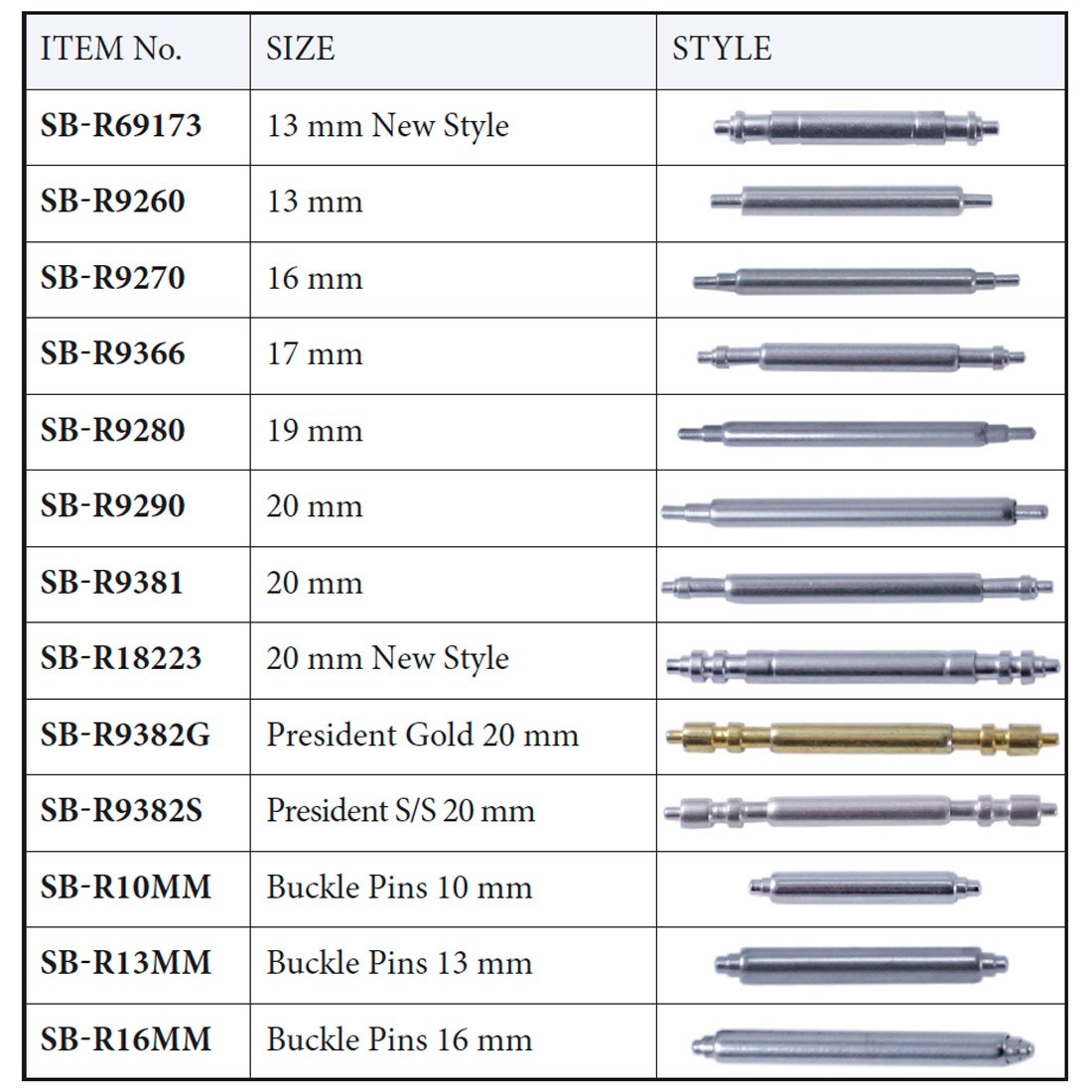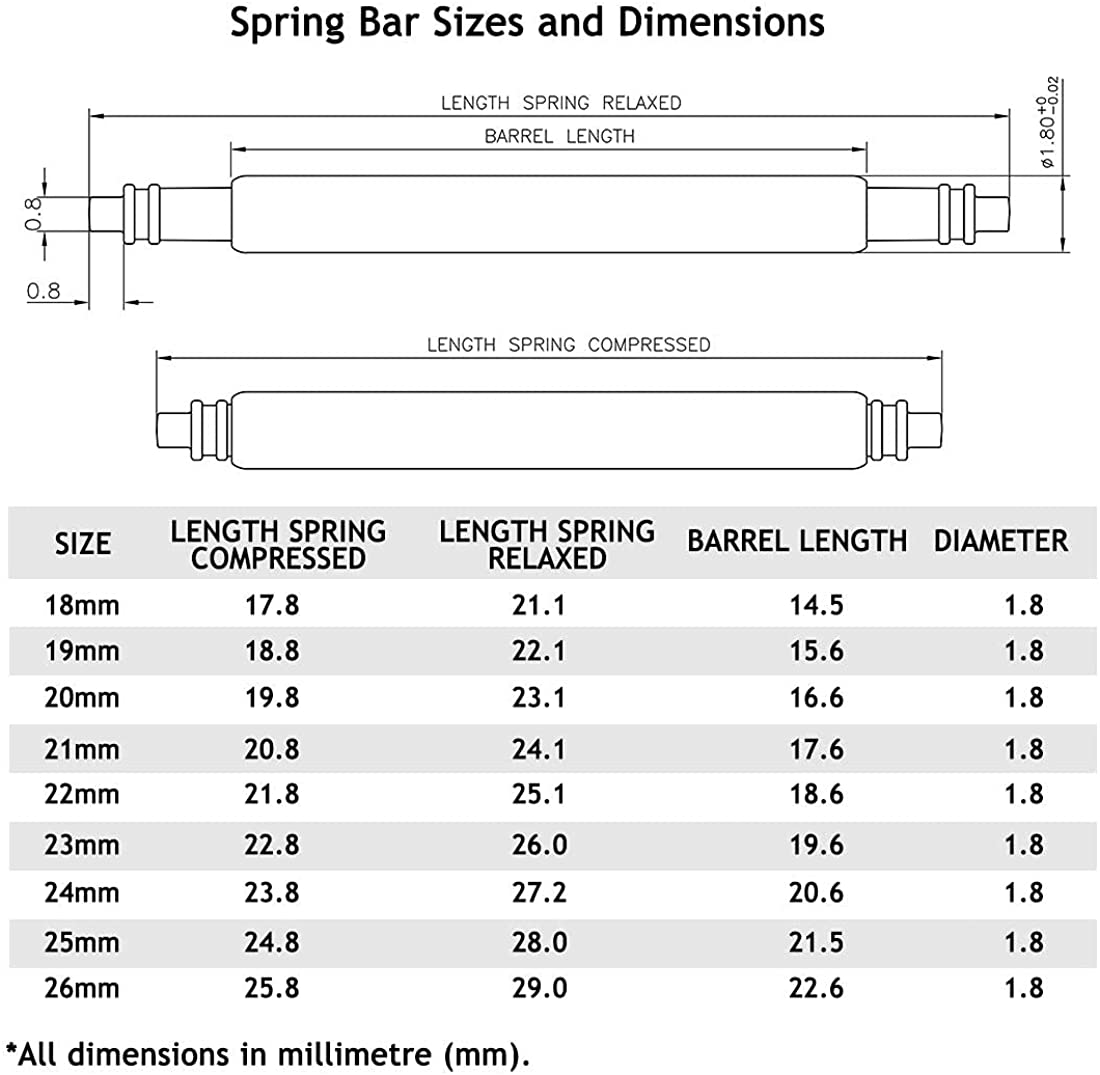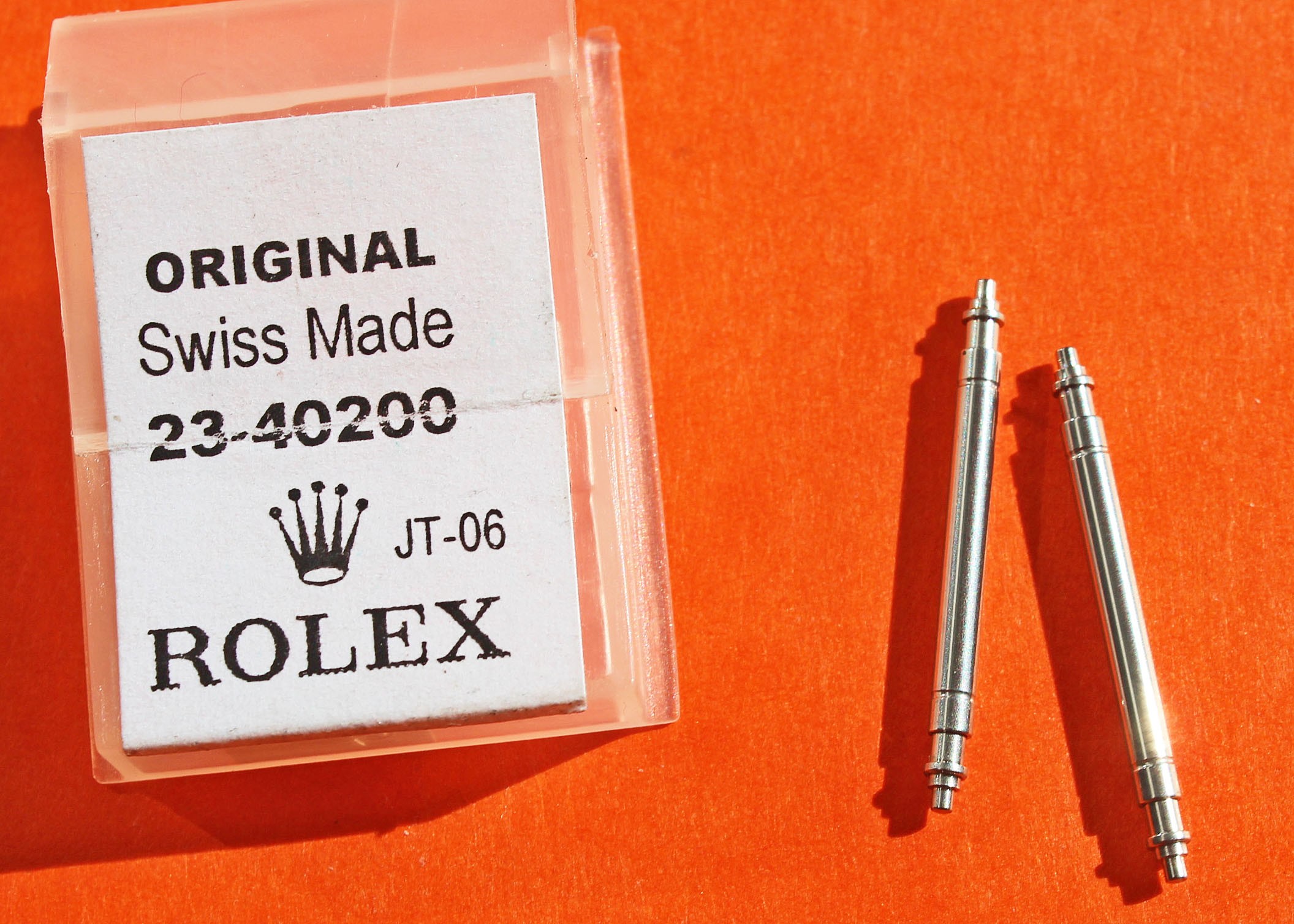ROLEX SPRINGS BARS
Categories :
Dials
These tiny parts, known as pumps, pins or bars, ensure that the Rolex bracelet is properly attached and resistant to the Rolex case middle.
It is important to know these elements and to know for which type of Rolex bracelets will fits and for which model of watch.





Share this content
.jpg)
.jpg)
.jpg)




